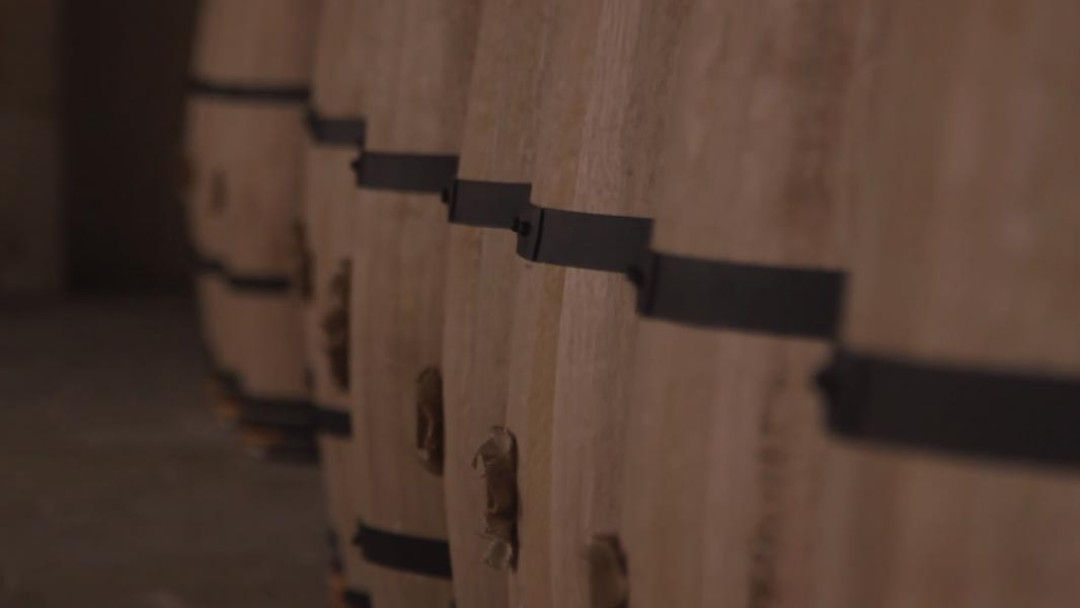Chateau Margaux has been at the top of the list in Bordeaux for centuries. This iconic First Growth has gained popularity the world over, but there may be some facts you may not know about the lord of the left bank...
1. It’s been a fine wine superstar for hundreds of years
Margaux has been known as a top tier wine since the 1855 classification, when it was recognised as one of the founding First Growths, and was the only estate to be given a 20/20 rating. But the estate – which can be traced back to the 16th century – captured the hearts of serious oenophiles long before then. Its 1771 vintage was the first ‘claret’ to appear in a Christie’s catalogue.
2. Quality not quantity
The estate – which predominantly uses organic farming methods – produces around 10,000 cases of its Grand Vin every year. Every grape is handpicked, with the final blend comprising Cabernet Sauvignon, Merlot, Cabernet Franc and Petit Verdot. The wine is aged for 18-24 months in new oak barrels, and fined with egg white.
3. It produces four wines
While the estate is best known for its (very expensive) Grand Vin, it also produces a second wine, Pavillon Rouge du Chateau Margaux, as well as a third named Margaux de Chateau Margaux. Its subsequent wine, Pavillon Blanc du Chateau Margaux, is a dry white that does not conform to Margaux appellation directives.
4. It’s the only Bordeaux wine to bear the name of its appellation
The estate sits on land known in the 12th century as ‘La Mothe de Margaux’, or ‘the mound of Margaux’, which signifies its elevated position in the otherwise flat Medoc region.
5. The property has remained largely unchanged for centuries
While many Bordeaux properties have expanded in their lifetimes, Margaux has remained relatively similar to the form it took in the 1600s, when its vineyards were first developed by the d’Auledes family. In 1680, the vineyards consisted of 75 hectares of vines – today, some 350 years later – it’s grown to just 80 hectares of vines.
6. It once sat on the market for years
Chateau Margaux was owned by the Ginestet family during the early 1970s, a period when prices for Bordeaux dropped dramatically, and when the estate underperformed considerably – indeed, the reputation of its wines took a serious nosedive. Due to mounting debt, the family put the property up for sale and it sat on the market for almost two years before a buyer – Andre Mentzelopoulos – showed interest. He eventually bought the property in 1977 for $16 million. Mentzelopoulos invested heavily in modern and innovative winemaking techniques and enlisted the services of renowned consultant Emile Peynaud, bringing the Margaux name back up to scratch.
7. It was Thomas Jefferson’s favourite
Before he was President of the United States, Thomas Jefferson lived in Paris where he served as Minister to France. During that time he created his own hierarchy of wines, and placed Margaux at the top of the list. “There couldn’t be a better Bordeaux bottle,” he noted.
8. It was responsible for the most expensive bottle of wine never sold
A wine merchant named William Sokolin visited a Margaux dinner in New York in 1969, bringing with him a bottle of Margaux 1787 from Thomas Jefferson’s private collection. The bottle was valued at $500,000, but during the dinner a server knocked it over, destroying its contents.
9. It pioneered anti-counterfeiting measures
Chateau Margaux was one of the first estates to take decisive action against the issue of counterfeit wines. It began laser-etching its bottles in 1989, and in 2011 adopted the prooftag system, which authenticates each bottle through a system of lights, algorithms and electronic signatures.
10. It makes frequent appearances in popular culture
The Margaux name crops up in the works of Edgar Allen Poe, movies such as Withnail and I, Arachnophobia and Batman v Superman, as well as TV shows such as Downton Abbey and The Office. The wine even inspired an eponymous opera, composed in 1887. An orchestral version was recorded in 2015, and a comedic opera by the same name played in Spain in 2017.






